Experience the ultimate family fly fishing adventure!
Blue Safari Fly Fishing Seychelles invites all families to join us for a fishing adventure of a lifetime. If you book a full-board fly fishing experience, your children 17 years and under can stay for FREE and are only charged for the fly fishing package and flights. Join us between June and October 2025 and experience some of the worlds best flats fishing with your loved ones making memories for life.
Enquire Now
ALPHONSE FOUNDATION QUARTERLY CONSERVATION UPDATE APRIL 2021
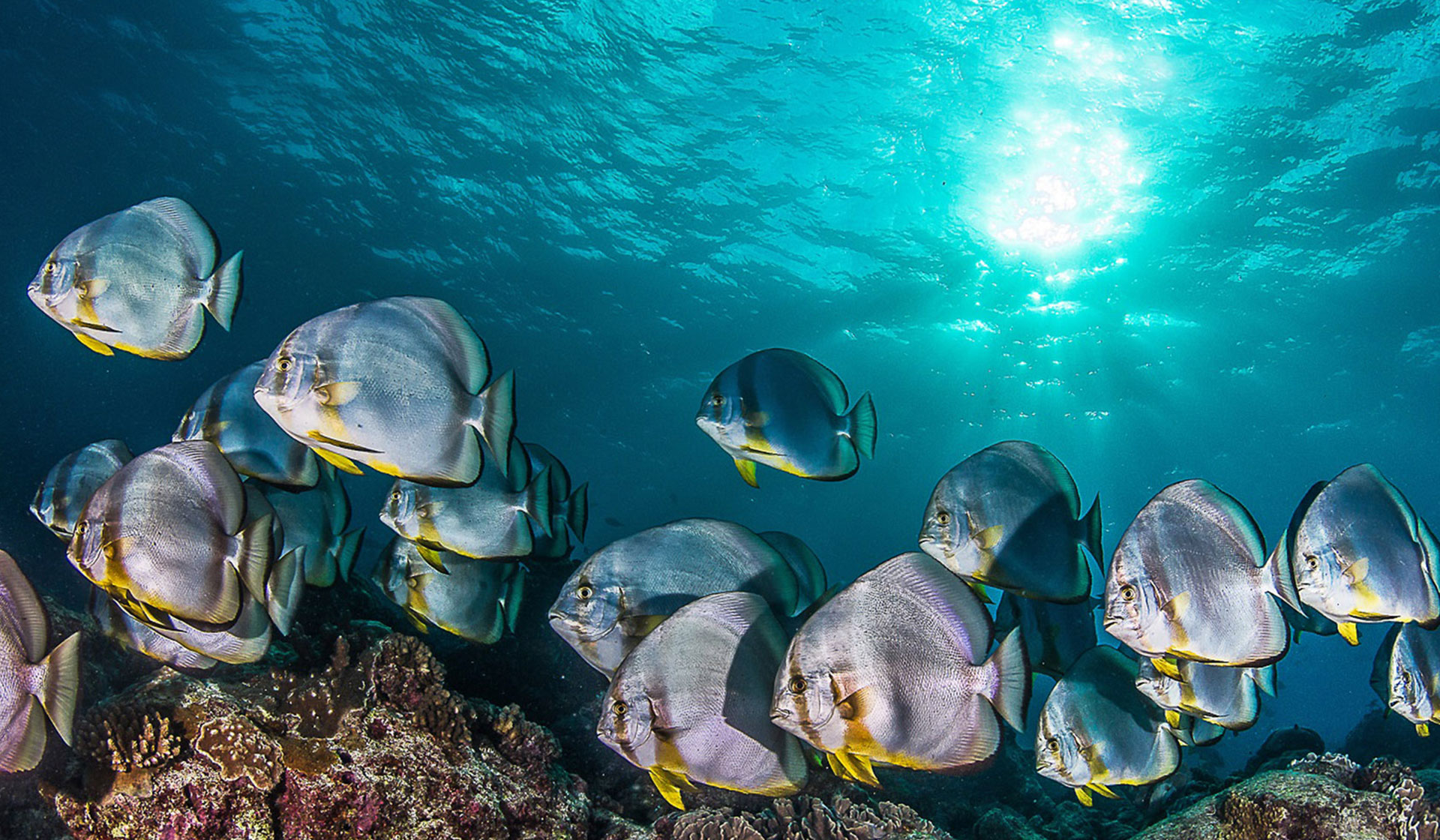
The partners managing the conservation and preservation of the unique biodiversity of Alphonse, Cosmoledo and Astove atolls are happy to share with you the Alphonse Foundation’s project highlight and news, developments and incredible nature sightings from the outer islands of the Seychelles.
1. Mapping the spatial ecology and post-release behaviour of the giant trevally (Caranx ignobilis) to support conservation management decisions
The flagship project bringing together academic expertise, fieldwork skills and incredible angling knowledge from all partners involved has officially been extended. The funds received will assist in extending the lifetime of the acoustic array (the receivers ‘listening’ to the movements of 75 tagged GTs) by another 12 months.
With preliminary findings from the project showing interesting trends, such as GTs may be far more site attached than previously imagined and a lot more habitat or prey specific, the extension is the logical step to ensure enough data is captured to give a clear picture of the GT behaviour particularly in response to seasonal variation in angling pressure.
Furthermore, the batteries for the receivers finally arrived after border delays so the first data download of 2021 can begin which is very exciting- a chance to see if the area closures of the St Francois fishery in 2020 had any impact on the movement and site utilisation of the GTs.
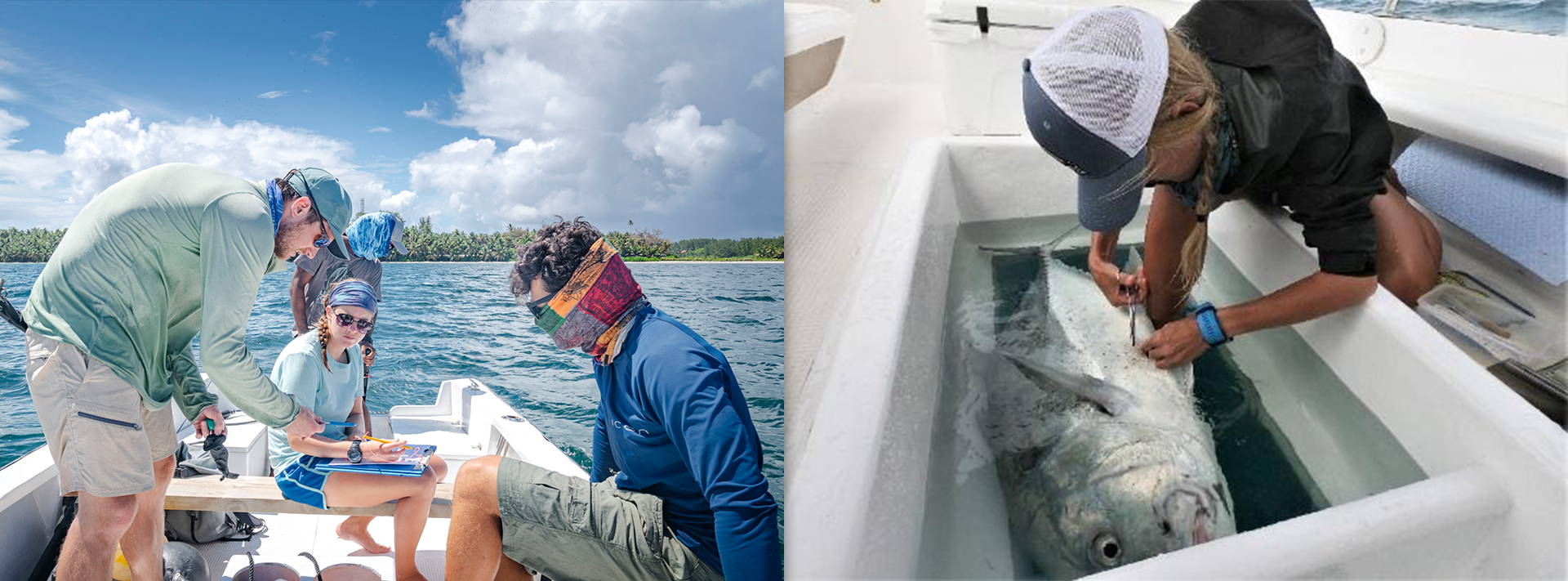
2. Increased breeding success of the wedgetail shearwater colony (Ardenna pacifica) at Alphonse
The first quarter of 2021 has seen a remarkable increase in the number of burrows and chicks of this once-dwindling colony at Point Tamatave and as of March there are at least 63 active burrows and 37 healthy chicks.
This conservation success story is due to the efforts put in by the Island Conservation Society (ICS) to partially restore the natural habitat of the colony, felling coconut trees, and deploying bait stations all around the colony with mammalian poison. The biggest threat to the colony was from predation by introduced rats and cats, this effort has greatly reduced that threat and led to hopefully saving this enigmatic seabird’s breeding population in future.

3. Monitoring the movements and population dynamics of the reef manta ray around St François Atoll
The ongoing relationship between Blue Safari, Island Conservation Society (ICS) and the Manta Trust has been extended with the drafting of the latest MoU, which seeks to improve and streamline monitoring efforts and potentially expand the project to include additional sources of monitoring data.
On another exciting note, Skid- a young male manta who was fitted with a satellite tag back in 2017, has been seen again on the east side of St François, having been a frequent resident of the area until 2018. He was accompanied by a bluefin trevally that was using him to hide- unique interspecies hunting behaviour deployed by trevallies but not been captured with mantas before!
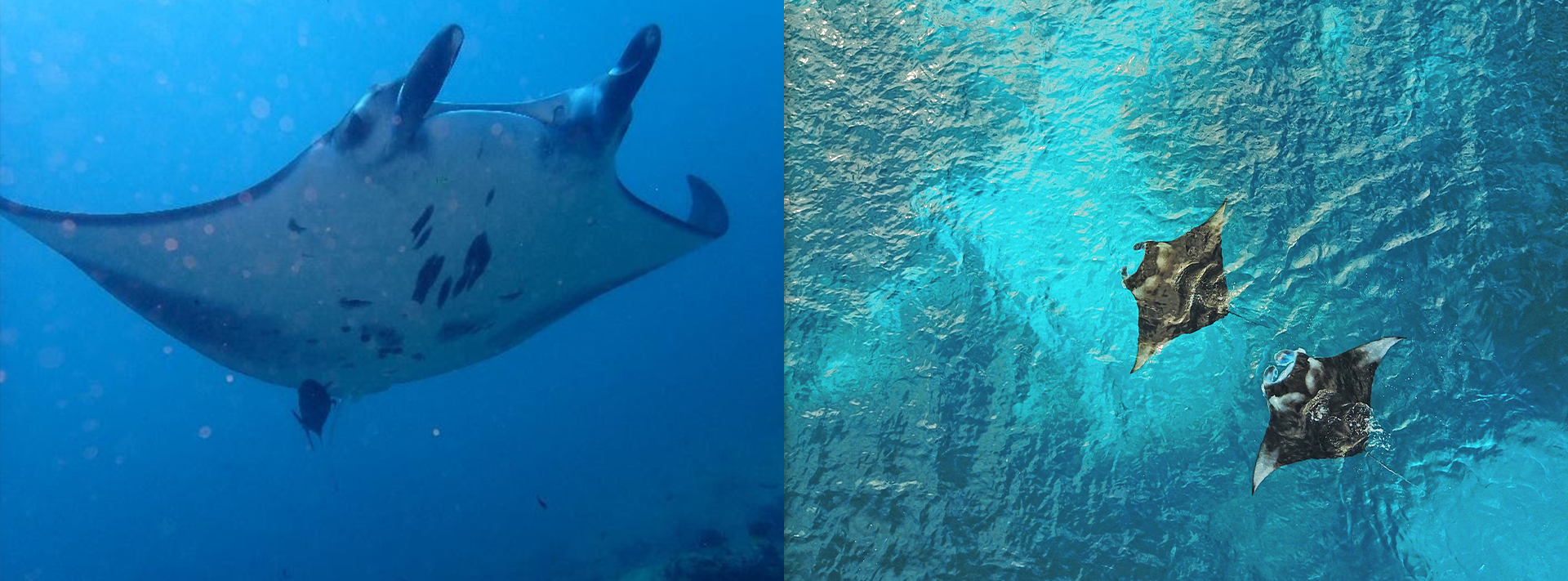
4. Seawater temperature logger redeployments
ICS has been collecting continuous data on seawater temperatures from ten loggers, places around eight sites. Seawater temperature has a huge impact on coral reef ecosystems- affecting the daily and seasonal movements of fish and invertebrates, inducing spawning in many species and negatively impacting coral health if too high.
Due to strong seasonal upwelling of cool water (18-24 deg) being recorded on sites on the south east of Alphonse Atoll the array of loggers was shuffled around to give a more accurate representation of water column temperature stratification. Probes have been set at depths of 12m and 25m along the reef slope.
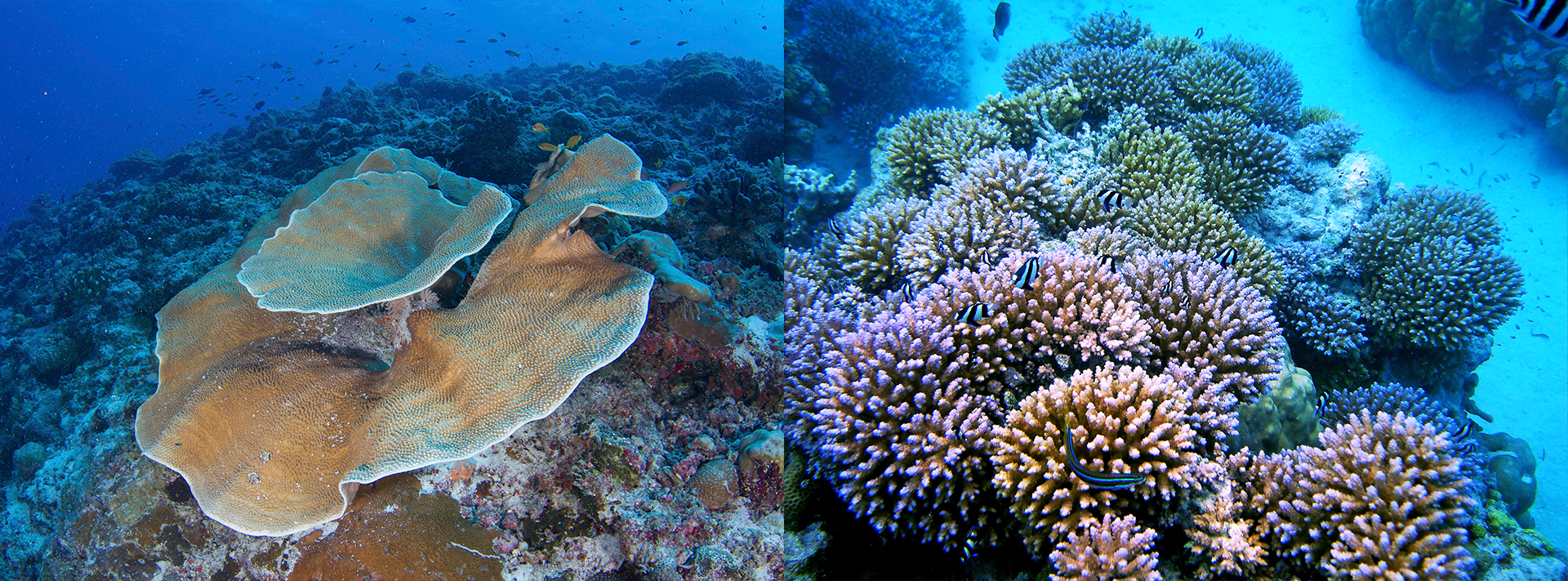
5. Interesting Sightings
- Dolphins are always a joy to see and interact with whilst on the water, and the Blue Safari activities team were rewarded with a special sighting of a small pod of pantropical spotted dolphins in addition to the resident spinner dolphin pod. Despite being similar in size to spinners, the differences were remarkable- they were spotty! The behaviour was also notably different, they were found in shallower water and they did not exhibit the aerial displays of spinner dolphins, instead, they did a lot more splashing, spy-hopping and tail strikes as possible means of communication.
- Nudibranchs are incredible little critters that are beloved in the dive community both for their fantastically flamboyant morphology but also incredible species diversity. The outer islands are relatively unexplored below the waves, particularly at the smaller end of the spectrum and this beautiful individual (Aldisa sp.) was found on a dive on Alphonse. The Aldisa sp. is a new species to science, and is only the second time in history it has ever been photographed!
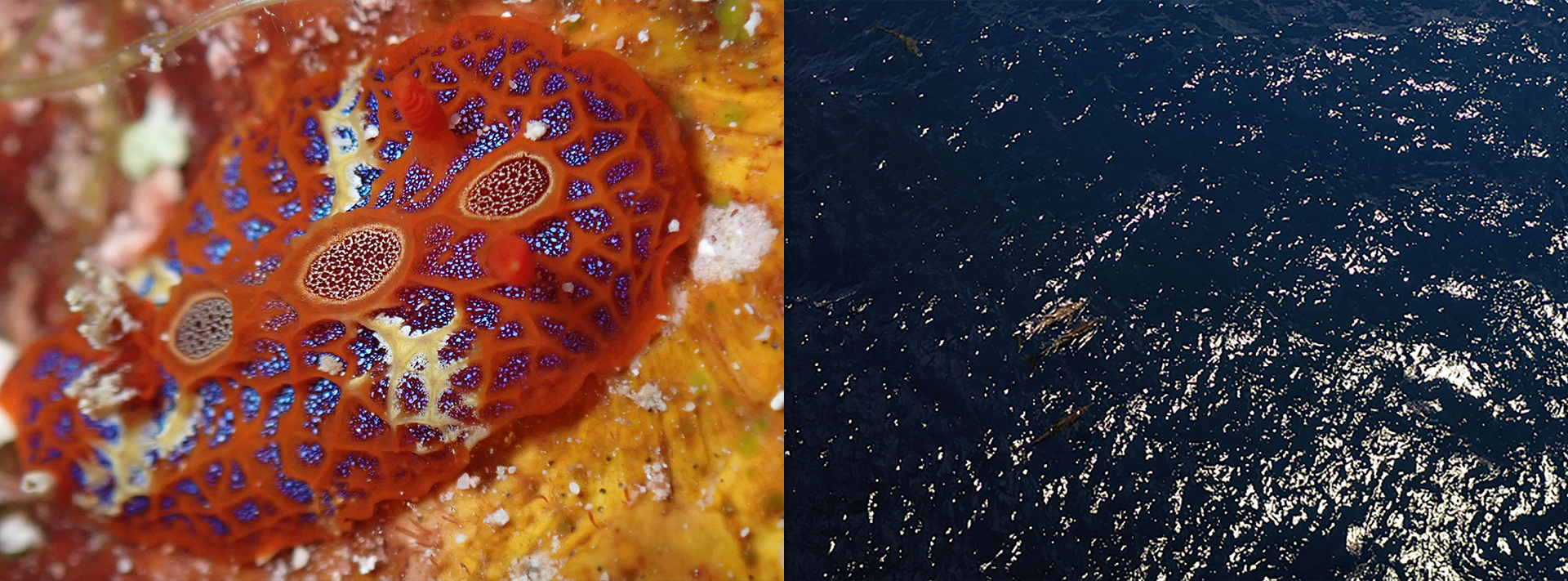
Upcoming Conservation Highlights
- The Alphonse and Cosmoledo Foundation AGMs will happen on the 19th of April to discuss conservation issues, objectives and project developments for 2021/2022.
- There is potential to add milkfish (Chanos chanos), an exotic Alphonse speciality, to the acoustic network to investigate habitat usage and atoll residency. Plus we will finally scientifically answer a great angling myth about Milkfish physiology and fight times, for the first time.
Contribute to Conservation
The critical projects conducted by ICS and Blue Safari in the outer islands of the Seychelles have been successful in creating long-term monitoring programmes because of the successful model of the Alphonse Foundation. However, Covid-19 continues to have an effect on guest numbers and donations. If you would like to help, any contribution of any size is greatly appreciated.
Please go to the following link to see a copy of the Foundation brochure with project details: Alphone Foundation Brochure
Or email – eleanor@bluesafari.com or alphonse@ics.sc

Join our fishing community
Join our community to get regular updates about our fishing adventures, guide updates and special offers.
